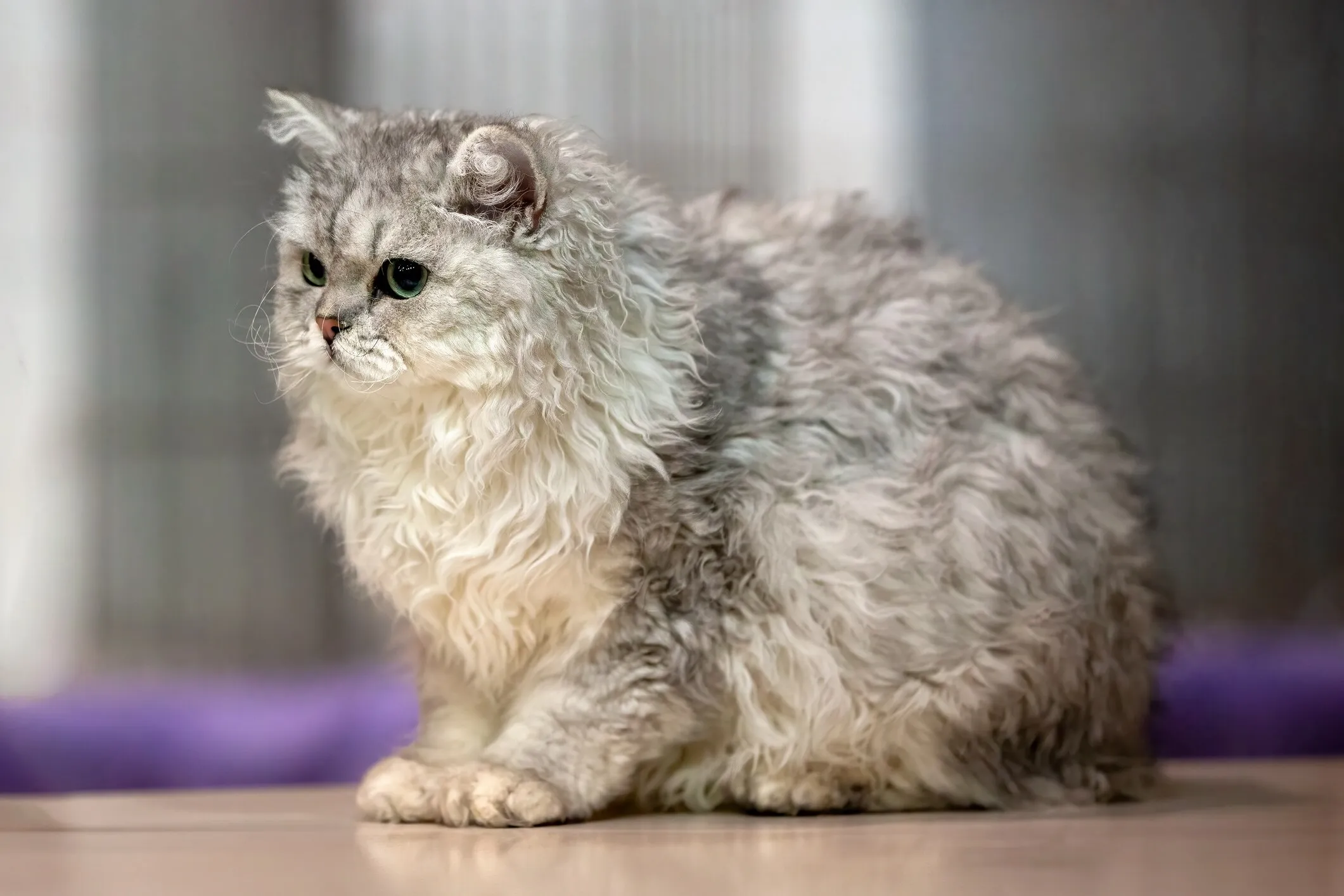There’s an irresistible appeal to flat-faced cat breeds, with their round faces, big expressive eyes, and charming smushed noses that make them stand out among fancy cat breeds. These brachycephalic cats capture hearts worldwide, blending unique aesthetics with affectionate personalities. However, their distinctive features come with specific care requirements to ensure a happy, healthy life. Whether you’re drawn to the luxurious Persian or the playful Exotic Shorthair, understanding these breeds’ traits and potential health challenges is key to becoming an informed pet parent.
Flat-faced cats thrive in calm environments where they can lounge and bond with their families. Research from feline experts highlights their gentle temperaments, but owners must prioritize grooming, monitoring breathing, and regular vet checkups. This guide explores the top flat-faced cat breeds, their personalities, care tips, and common health considerations to help you choose and care for the perfect companion.
Popular Flat-Faced Cat Breeds
Flat-faced cat breeds share brachycephalic traits—shortened skulls leading to their signature look—but each offers distinct charm. From long-haired luxuries to curly-coated curiosities, these cats vary in grooming needs and activity levels. Stephen Quandt, a certified feline training and behavior specialist, notes their laid-back vibes make them ideal for relaxed households.
1. Persian
The Persian tops lists of flat-faced cat breeds for its iconic long-haired coat, smooshed face, and serene demeanor. These cats prefer lap-sitting over high-energy play, enjoying gentle interactions with feather wands rather than elaborate cat trees. Daily grooming prevents matting, and Persians often purr appreciatively during brush sessions.
Their even temperament suits apartments or families seeking low-maintenance affection. Owners report Persians bond deeply, meowing softly for attention while adapting well to indoor life.
2. British Shorthair
British Shorthairs feature a rounder face than some flat-faced peers, with plush fur evoking a teddy bear. Less extreme brachycephaly means slightly easier breathing, but their independent streak shines—they enjoy solo time without demanding constant cuddles. Ideal for busy owners, they stay grounded, disliking being picked up often.
Affectionate yet self-sufficient, these cats maintain soft coats with minimal brushing, making them practical choices among flat-faced cat breeds.
3. British Longhair
A Persian-British Shorthair hybrid, the British Longhair inherits thick locks and a rounded face, blending the best of both worlds. Highly intelligent and food-motivated, they excel in clicker training for tricks, fostering strong bonds through mental stimulation. Weekly grooming handles shedding, especially in spring.
Their sociable nature fits multi-pet homes, provided introductions are gradual.
4. Exotic Shorthair
Dubbed the “lazy man’s Persian,” Exotic Shorthairs mimic Persian looks with short, easy-care fur requiring just weekly brushing. More playful than cousins, they engage briefly with toys but skip high perches. Great for families with kids or dogs after proper intros, their liveliness adds fun without chaos.
Exotics weigh 7-12 pounds, staying compact yet sturdy.
5. Himalayan
Blending Persian fluff with Siamese color points—like darker ears, tails, and paws—Himalayans offer striking beauty in flat-faced cat breeds. Friendly and adaptable, they greet newcomers warmly if grooming routines are consistent. Medium-sized at 7-12 pounds, they balance cuddliness with independence.
Variations like the seal point Himalayan cat highlight their elegant points, popular among enthusiasts.
6. Scottish Fold
Scottish Folds enchant with folded ears and rounded features, boosted by celebrity owners like Taylor Swift. Sweet and friendly, they play gently, but a genetic mutation causes osteochondrodysplasia (OCD), leading to joint pain. Watch for behavioral shifts like reduced appetite or aggression—consult vets promptly.
Ethical breeding emphasizes health screening to minimize risks.
7. Selkirk Rex
The Selkirk Rex boasts curly, dense fur from Persian and British roots, ranging from ringlets to waves. Sweet and people-oriented, they need weekly grooming to avoid frizz, plus early socialization for confidence. Less extreme faces ease some health woes, but monitoring remains vital.
Their playful curiosity suits interactive homes.
 Curly-coated Selkirk Rex cat loafing on the floor
Curly-coated Selkirk Rex cat loafing on the floor
Key Health Considerations for Flat-Faced Cats
Flat-faced cat breeds face elevated risks from brachycephalic anatomy: shorter skull bones create underbites, shallow eye sockets, and narrowed airways. Proactive care, per veterinary guidelines, mitigates issues.
Brachycephalic Obstructive Airway Syndrome (BOAS)
BOAS encompasses breathing challenges like elongated soft palates, narrow tracheas, stenotic nares, and everted laryngeal saccules. Symptoms include snoring, open-mouth breathing, coughing, panting, exercise intolerance, and heat sensitivity—worsened by obesity or stress. Immediate vet care for distress; surgery helps severe cases.
Eye Problems
Protruding eyes risk corneal ulcers, inflammation, watery discharge, and tear staining due to shallow sockets and misshapen ducts. Clean gently with vet-approved products; seek care for squinting, colored discharge, redness, or pawing.
Dental Concerns
Overcrowded teeth accelerate plaque in flat-faced cats, with 50-90% of cats over 4 affected per Cornell Feline Health Center. Daily brushing and professional cleanings prevent gum disease.
Regular weigh-ins, cool environments, and body language awareness enhance well-being.
Conclusion
Flat-faced cat breeds like Persians, Exotics, and Himalayans bring joy through their endearing looks and calm personalities, but demand vigilant care for breathing, eyes, and teeth. Prioritize reputable breeders screening for health, maintain grooming routines, and schedule frequent vet visits. With dedication, these cats reward owners with loyal companionship. Explore more cat breed guides on our site and consult your veterinarian for personalized advice.
References
- PetMD: Brachycephalic Airway Syndrome in Cats
- Cornell University Feline Health Center: Feline Dental Disease
- Springer: Osteochondrodysplasia in Scottish Folds
- Expert input: Stephen Quandt, CFTBS, CatBehaviorHelp.com
